Haunted Hunting Destinations
Here are a few of the spookiest stories from some of the country’s top waterfowling destinations
Here are a few of the spookiest stories from some of the country’s top waterfowling destinations
By Mallori Murphey
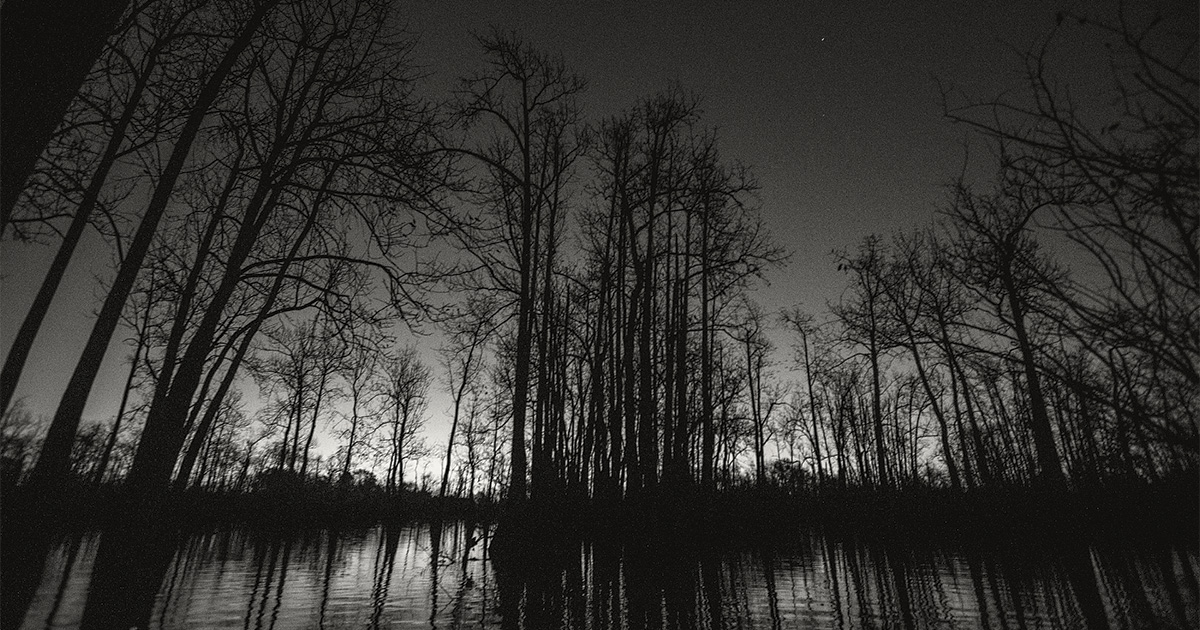
According to legend, ghosts, ghouls, and other mythical creatures that sneak through the early-morning gloom will inevitably cross paths with those who spend time in their secluded haunts. As waterfowl hunters, we find ourselves in foggy, damp, sometimes eerie conditions that can play tricks on already heightened senses. As a service to Ducks Unlimited members, we looked into reports of paranormal activity in some of the nation's top waterfowl hunting destinations, so you'll be better informed about what might be waiting in the predawn darkness and possibly even verify the unexplained.
Reader discretion advised.
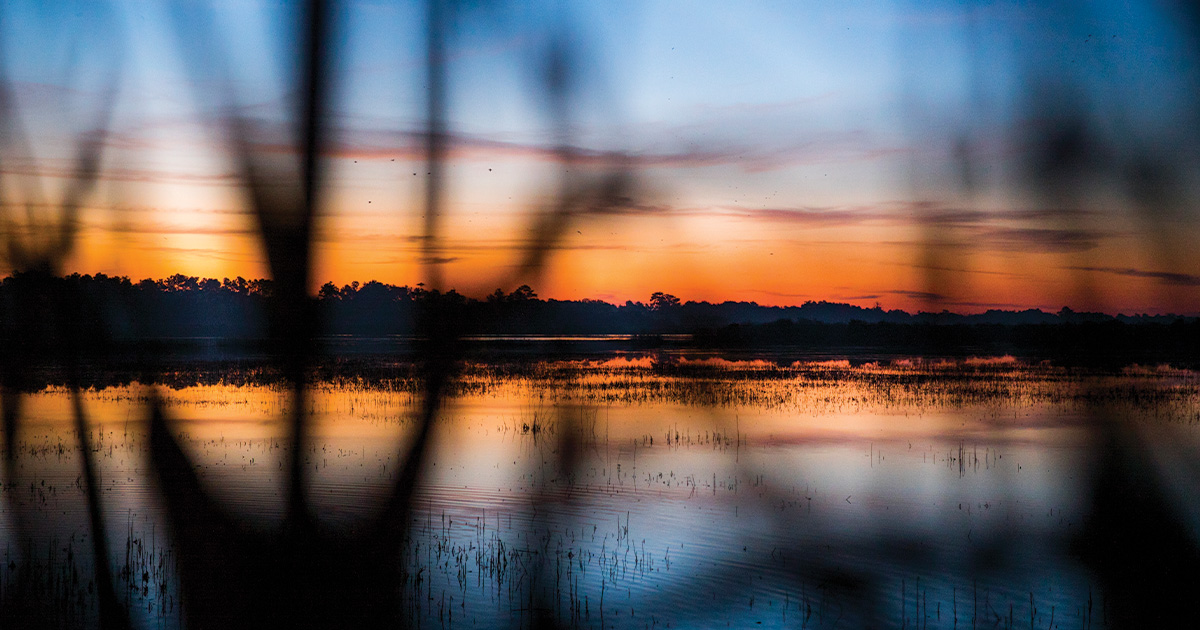
The “Jersey Devil,” or “Leeds Devil” as locals call it, has been roaming the Pine Barrens of South Jersey since at least 1735. This tale has many versions, but the following is the most popular.
Legend has it that Pine Barren resident Jane Leeds, or Mother Leeds, discovered she was with child for the thirteenth time. She cursed the child in frustration and suggested that this one may be the “devil.” When the child was born one stormy night, it transformed into a horrible, elongated creature with red eyes, bat-like wings, a goat- or horse-like head, cloven feet, and a forked tail. Mother Leeds confined her child until it escaped up the chimney and off into the swamps it went.
For centuries, the Jersey Devil menaced townspeople, harmed livestock, and haunted the surrounding wetlands. People still report seeing strange things and hearing an unexplained “blood-curling, screech-like” sound coming from the Pinelands.
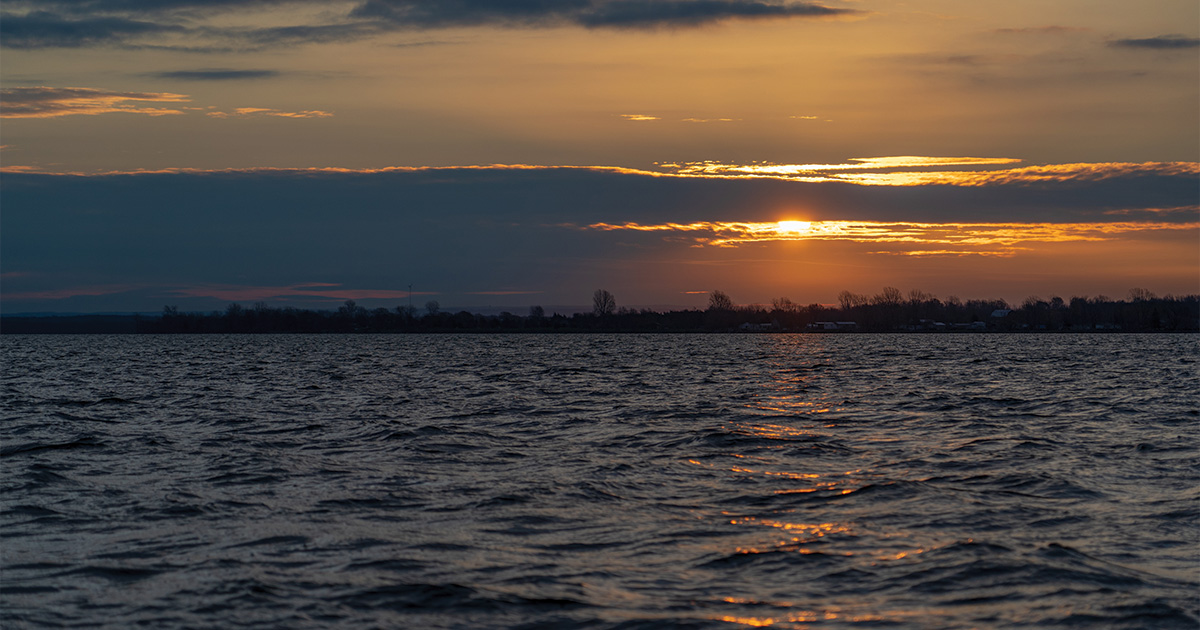
The Great Lakes make up the largest freshwater system on the continent, but they are also some of the most mysterious lakes in the country. From ghost ships and lake monsters to urban legends and unexplained phenomena, each lake has its own haunts.
Lake Superior is known as one of the most haunted bodies of water in the United States. One stretch of shoreline in Michigan earned the title “Graveyard of the Great Lakes,” with over 200 shipwrecks in one area. The most famous of the Great Lakes ghost ships is the SS Bannockburn, a.k.a “The Flying Dutchman,” a Canadian freighter that disappeared in 1902. To this day, it’s still reported to be sailing the waters of the lakes.
Lake Erie is rumored to be home to a giant, water-dwelling serpent named South Bay Bessie or the Lake Erie Monster. In 1793, the captain of the Felicity was duck hunting when he first spotted the terrifying creature.
Lake Huron has the ghost of a young woman who roams the beaches waiting for her sailor to return. Minnie Quay, a Forester, Michigan, resident, met a sailor and gave her heart away. Her parents forbade the relationship, and when the sailor’s ship left the harbor, she wasn’t allowed to say goodbye. In 1876, she got word that his ship supposedly went down during a storm. She was absolutely devastated and jumped off the town’s pier into the freezing lake and took her own life.
Lake Michigan rivals the Bermuda Triangle for unexplained occurrences—it has its own infamous area, the Lake Michigan Triangle. The area stretches from Ludington down to Benton Harbor, Michigan, to Manitowoc, Wisconsin, and back to Ludington. The site is known for numerous shipwrecks, disappearances, plane crashes, and UFOs.
Lake Ontario has its own ghost fleet. During the War of 1812, American vessels were stationed on the lake. Due to no wind, they had to stay put overnight. Early the next morning, a squall rushed through the area, taking them by surprise. Two schooners, the Hamilton and the Scourge, capsized and sank in a matter of minutes. Over 50 sailors died in the incident, making it the largest loss of life on the lake during the war. For over 200 years, people have shared tales of soldiers that emerge out of the fog on cold nights.
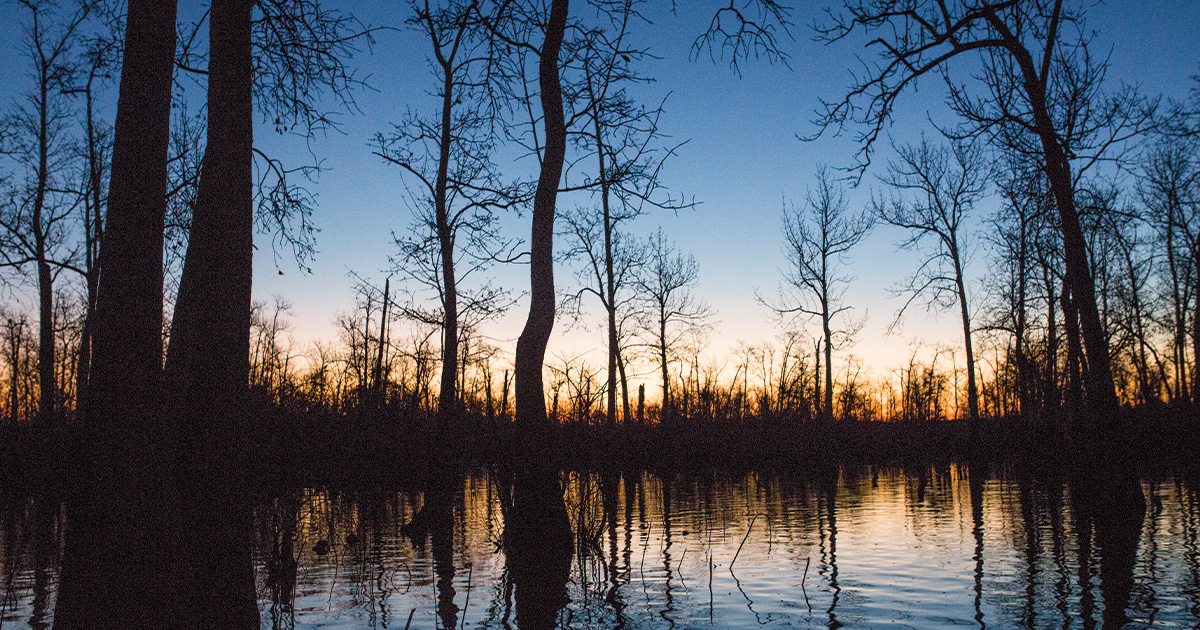
As you travel through southern Louisiana, be aware that even some of the roads are haunted. Two roads on which you should be especially vigilant while traveling are Bayou Sale Road and Bourg-Larose Highway. Bayou Sale Road, or LA-57, connects Dulac to Cocodrie. Legend has it that a man is seen hitchhiking by the side of the road. If you stop to pick him up, he’ll offer you a trade: a passenger (a soul). . . for a treasure.
Bourg-Larose Highway, or LA-24, outside of Houma, is a sparsely populated area surrounded by bayous, cane fields, and swamps. This road has a reputation for being one of the most haunted roads in the state. The tale of the Rougarou begins here.
The Rougarou, a Cajun monster that resembles a werewolf, has occupied the wetlands near this highway since the 18th century. According to legend, it’s a dangerous creature known for attacking livestock and humans. It can even curse those who see it—leading to a life of misfortune. The only way to protect yourself from the Rougarou is to have a piece of silver, which repels the creature, in your pocket. Or have thirteen pennies in your pocket because it can’t count past twelve.
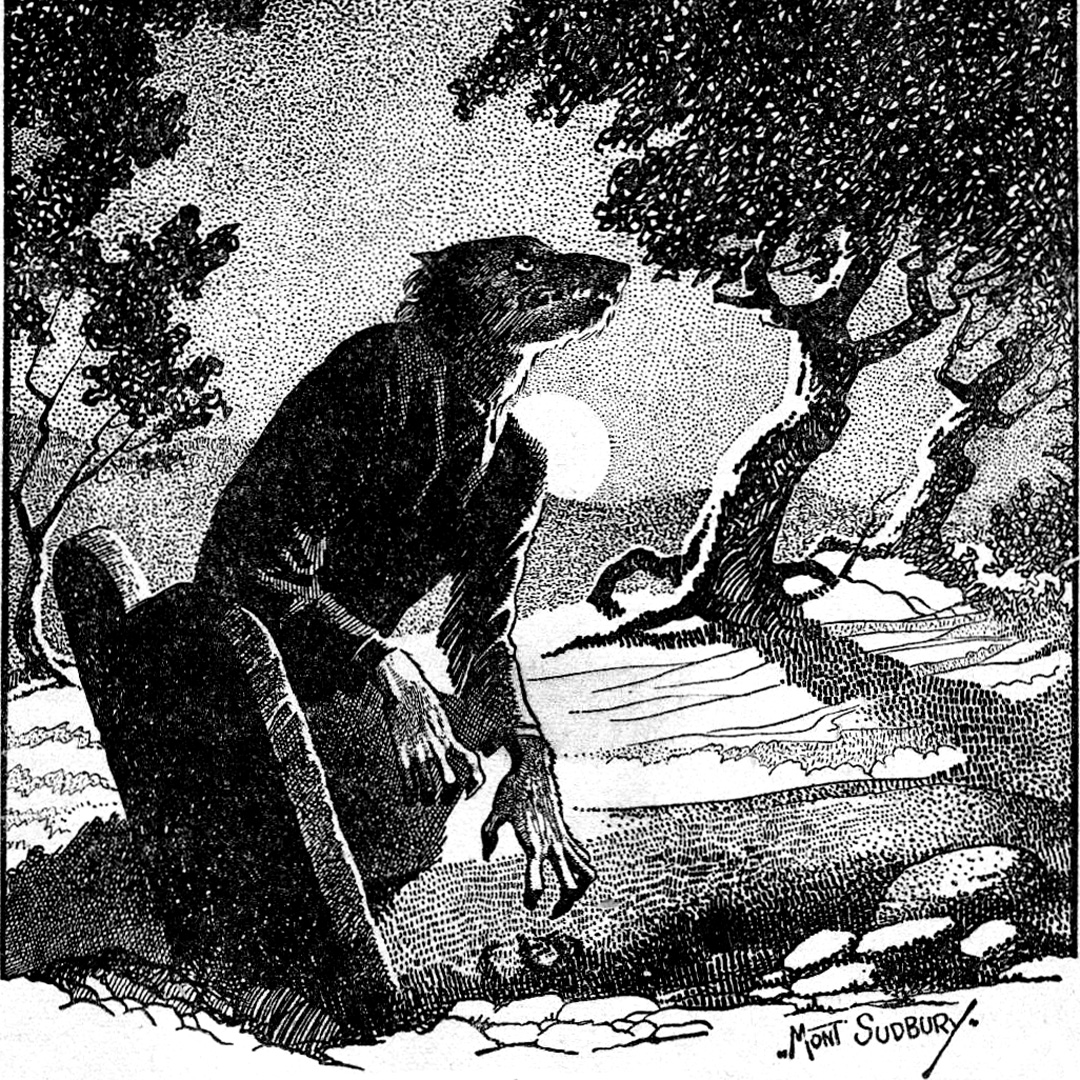
The swamps of Lake Pontchartrain are said to be cursed by a voodoo priestess named Julia Brown. Stories say that she lived in a town surrounded by Manchac Swamp, and right before she passed, predicted the hurricane of 1915 that destroyed surrounding communities. Townspeople who attended her funeral were killed during the storm and buried in a mass grave beside her somewhere in the swamp. Rumor has it that you can still hear the screams of the victims when visiting the area.
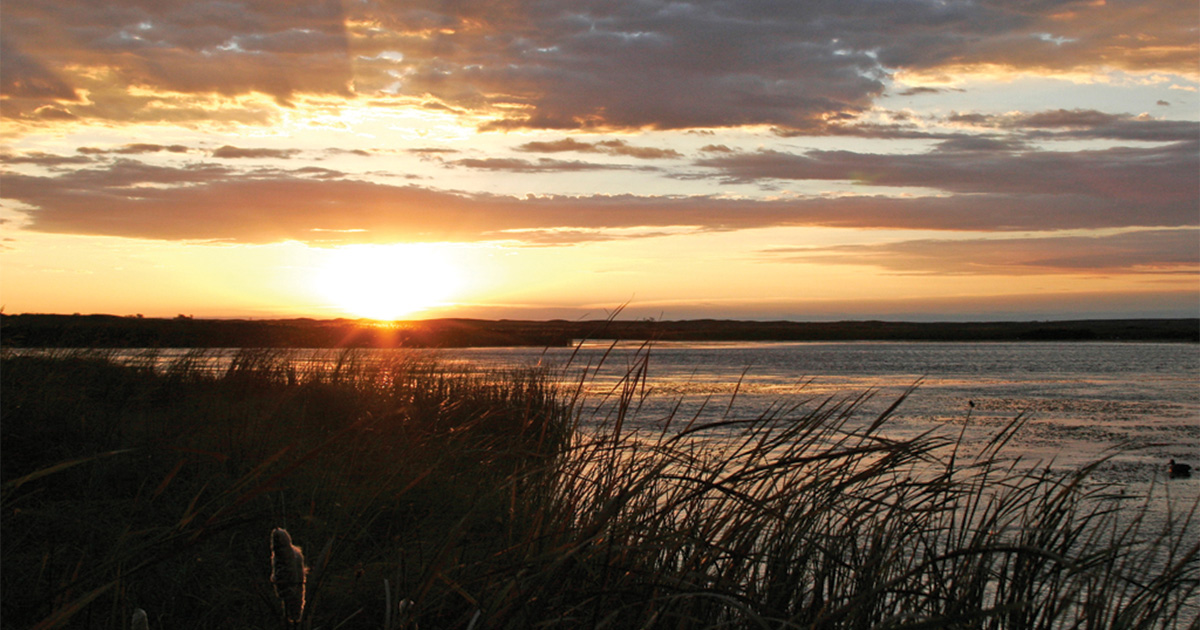
Devils Lake spans more than 200,000 acres, making it a vast and vital staging area for dabbling and diving ducks. But what lurks below this lake's surface is this tale's highlight.
According to Native American legend, a serpent-like creature occupied the lake and devoured those who ventured near. In one tale, the serpent swallowed an entire army of Dakota warriors to avenge the defeated Ojibwe. In the late 1800s, news reports also told of this creature, and the legend of the Devils Lake Monster lives on today.
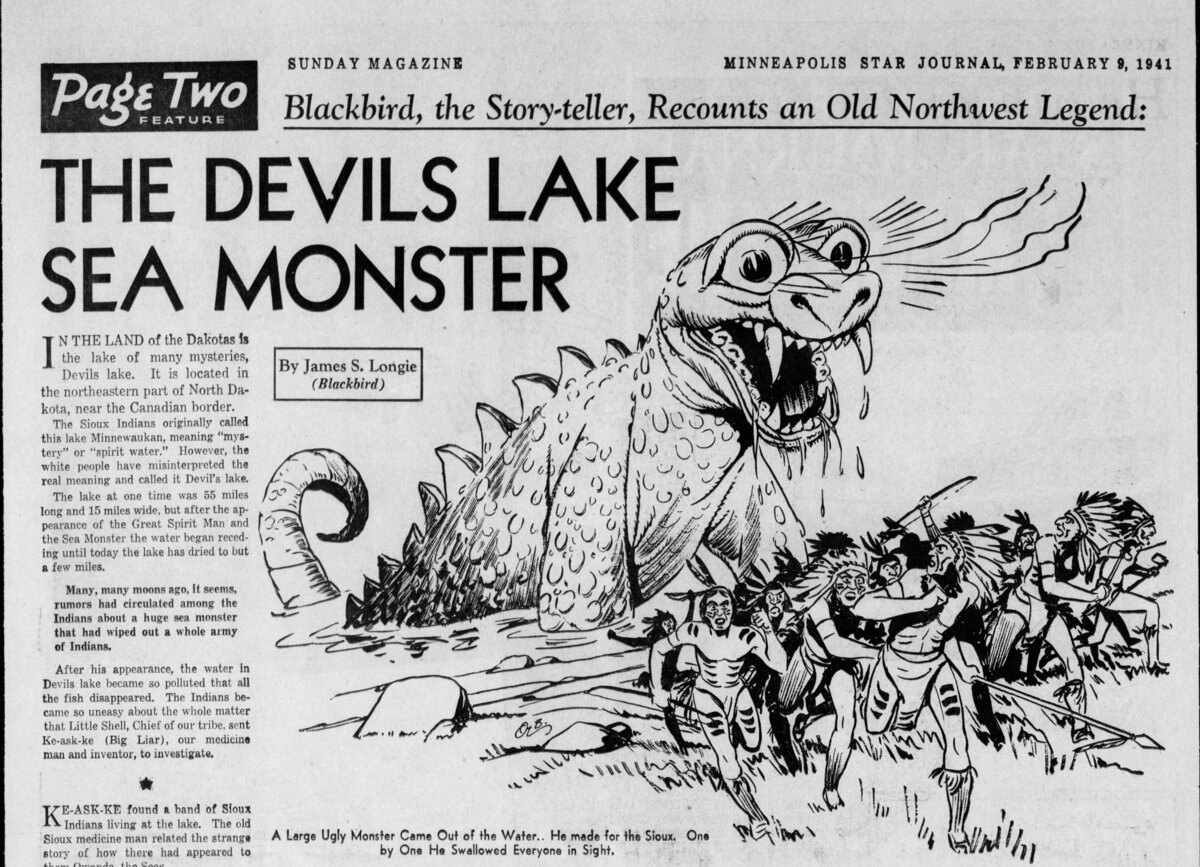
An article on the Devils Lake Monster (referred to here as Sea Monster) from the Minneapolis Star Journal on February 9, 1941.
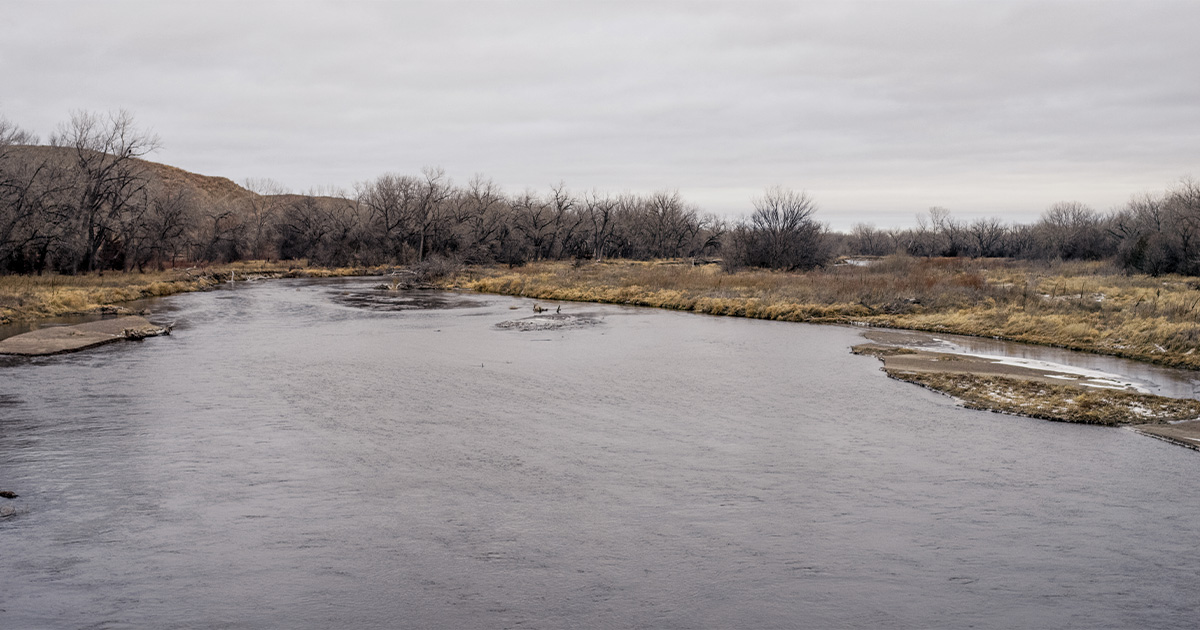
In the mid-1800s, stories began to circulate of men seeing a frost-covered sailing ship strangely appearing from the mist. When the men would approach the phantom ship, ghostly sailors huddled around a coffin would appear. The crew’s only mission was to warn those they met of impending death, and the onlookers should reach those they loved before something happened to them.
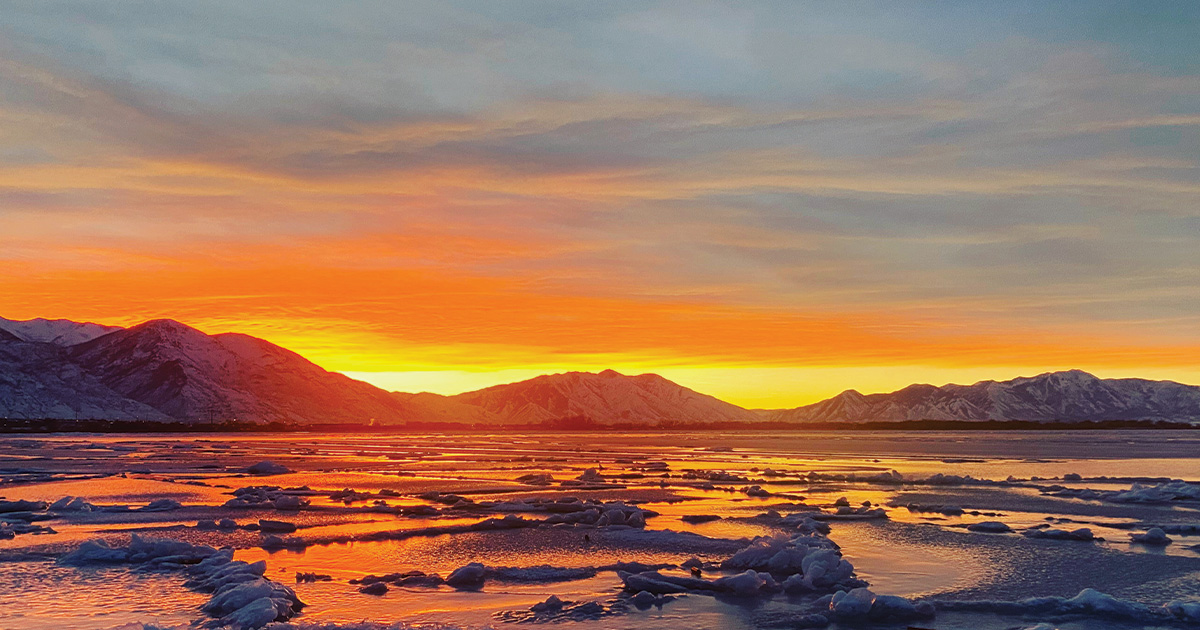
One legend is that early Native Americans told stories of “water babies,” mermaid-like creatures that sounded like crying babies. The sounds of the cries were used to lure people into the lake. Then, the creature would capture them and drag them under, never to be seen again.
Another is the story of John Baptiste, or Jean Baptiste, a gravedigger that haunts the lake. Baptiste was an immigrant who found his way to the area in the 1850s. Years later, a deceased body that was found eventually led investigators to discover that Baptiste had been stealing the jewelry and clothes from the bodies he was to bury. He was convicted for over 300 counts of desecrating graves and was exiled to the desolate Fremont Island.
A few weeks later, authorities went back to check on Baptiste; he was nowhere to be found. To this day, no one knows what really happened to the lake’s prisoner. Some think he never made it out of the lake because hunters found a skull on the south end near the mouth of the Jordan River in the 1890s. Others believe that he escaped on a makeshift boat and fled. But during full moons, people say that they see a figure roaming, wandering, and pacing the lake as if he’s looking for redemption.
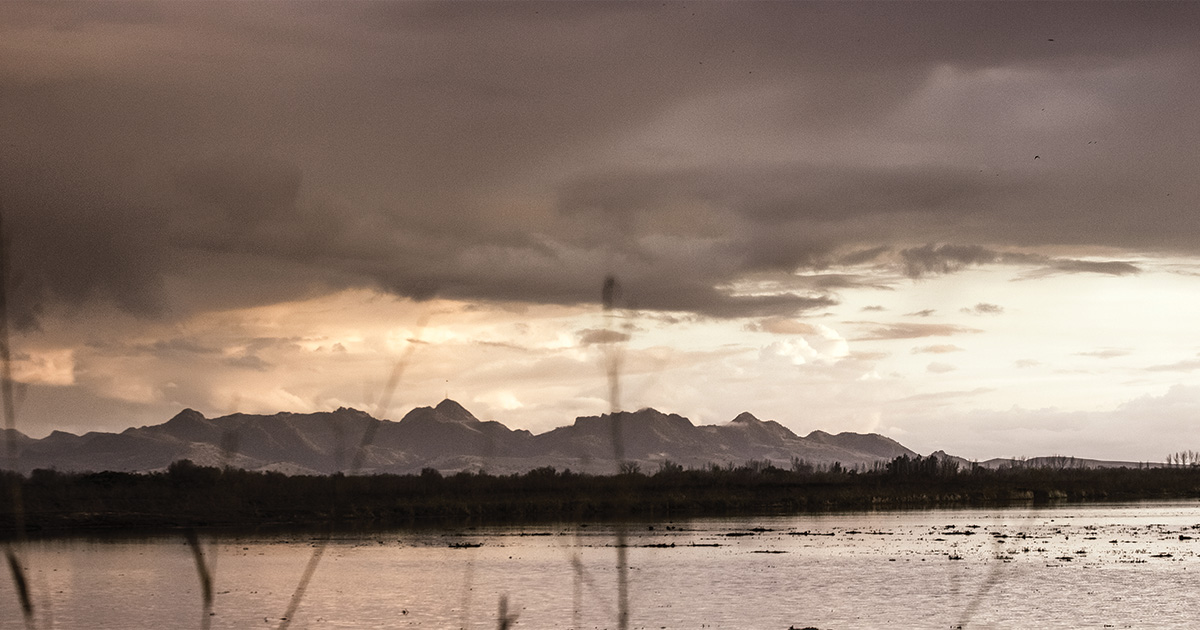
Since the 16th century, the Mexican folktale of the “La Llorona” has been a staple in the San Joaquin Valley. This legend has many variations, but the core stays the same: water and a weeping woman.
According to one variation of the story, a woman was so distraught by her unfaithful spouse that she drowned her children in a river and later was so filled with guilt that she decided to end her life. After death, she was cursed and forced to roam waterways until she found her children.
Throughout the area, there have been many reports of unearthly screams and apparitions appearing on foggy nights. Other reports state that people have handprints appear on the windows of vehicles. Some reports take it a step further and say that she comes hurling at vehicles on the road, trying to steal children. Maybe the most chilling reports of all come from anglers and hunters who have heard a voice whisper, “Help me. I can’t find them.” Then, a woman-like figure appears on top of the water.
Ducks Unlimited uses cookies to enhance your browsing experience, optimize site functionality, analyze traffic, and deliver personalized advertising through third parties. By continuing to use this site, you agree to our use of cookies. View Privacy Policy